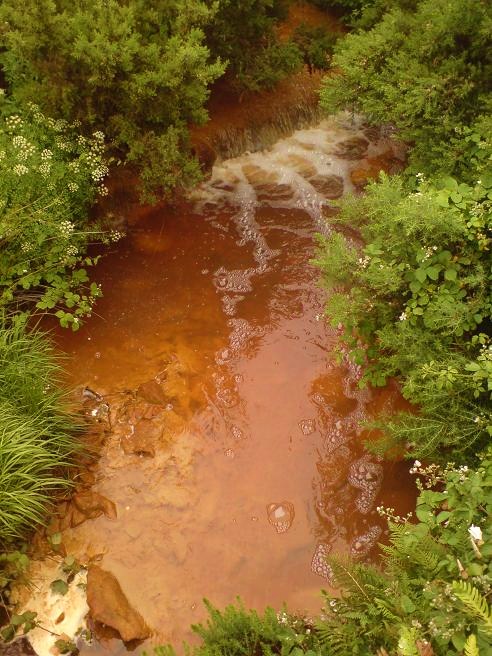Top Contaminants in Our National Water Supply

One of the biggest threats to our health comes from contaminated water. This is true under the best of circumstances as well as during a crisis. Unfortunately, many contaminants are almost impossible to detect with our senses, which is why having access to filtration, treatment and purification systems is so important. This is true even if we are drinking water from the tap, because not-surprisingly, even municipal treatment systems often fail to keep our water safe.
In fact, more often than not, water supplies are contaminated with a variety of chemicals that range from what the EPA lists as unsafe to other items that may be just as harmful but not regulated. Let’s take a look at some common contaminants that risk causing acute health problems.
Beryllium

Beryllium is a mineral that usually enters the water supply from mine runoff, improper waste disposal and from nearby industrial parks and nuclear power plants. Small doses of this highly-toxic mineral can cause severe bone degradation and is destructive to the lungs. It is also known to cause a number of cancers.
Cadmium

This mineral is found naturally in the environment in low concentrations. However, elevated levels of cadmium enter water supplies through the discharge of industrial and mining waste. Pools of toxic sludge from landfills that contain anything from used paint and plastics to old batteries also release significant amounts of cadmium into groundwater. It is highly toxic to marine life, and can cause kidney, liver and damage to the blood in humans. It destroys red blood cells, elevates blood pressure and can erode testicular tissue.
Copper

Copper in water is commonly found downstream of mining sites and can be present in the groundwater for centuries after old mines close. It is a highly-toxic substance if ingested, and large amounts can cause liver and kidney disease as well as intestinal and damage to the lining of the stomach.
Lead

Lead enters the water supply from old pipes and plumbing systems that contain this highly-toxic metal. Exposure to lead can lead to severe neurological damage and developmental problems in infants and children. It also interferes with red blood cell production and is thought to cause a number of cancers.
Mercury

Mercury gets into water supplies from a wide-range of sources that include industrial parks, power plants, mines and landfills. It causes severe damage to the nervous system and is particularly destructive to kidneys.
Pollutants

A host of contaminants from almost every type of material that is used in our modern way of life can enter and poison the water supply. Chemicals from wood treatments, plastics, petroleum products, pesticides, fertilizers, prescription medication and even pollutants from the air can end up in our water. Runoff from urban areas and farms can all contain any number of pollutants that are harmful to humans, animals and marine life.
Unfortunately, the government as well as the public at large know very little about the extent and overall health impacts that the majority of these contaminants have on humans. Consequently, there are no test kits that are available to measure the level of toxicity for the majority of pollutants in our water supply.
Keep in mind that even if the water looks and tastes clean, it may be contaminated. This is because treatment facilities don’t catch everything, and many of these contaminants enter water distribution systems after treatment as well. Toxins that enter the groundwater can occur hundreds of miles away from the site of a well, spring or other source that is tapped by people.
Consequently, you should filter and purify all water that you come across in the field, unless you get it from precipitation in the most pristine wilderness areas. Think twice about drinking water from the tap, and make absolutely sure that you have a filtration system or purification tablets in your bug out bag or survival kit. You never know what you may be ingesting in the field during a crisis, and it may take years for illnesses to develop from exposure to one of a million different toxins.
